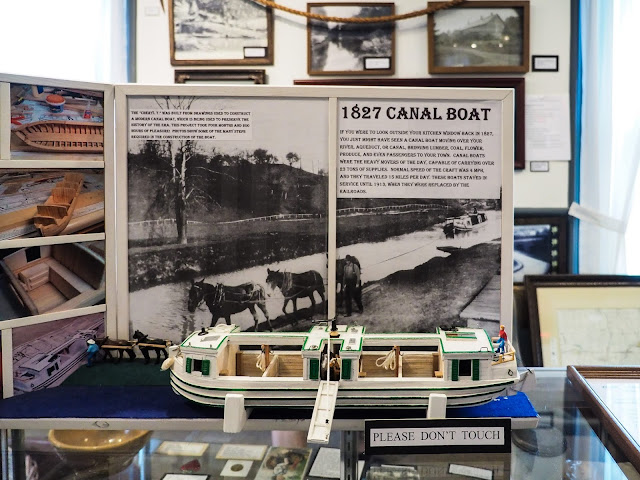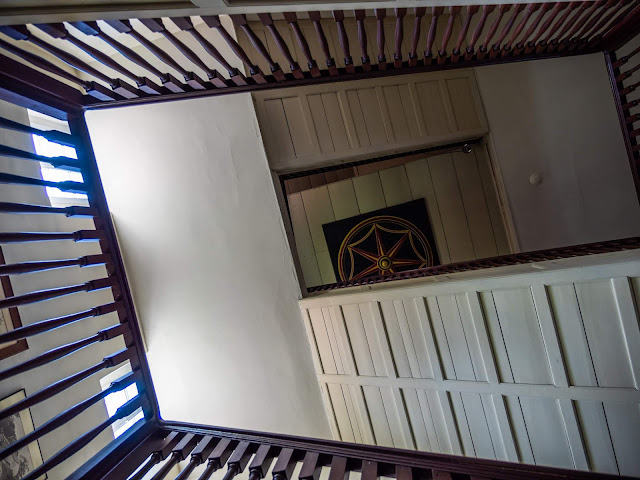Written by Dani and Andrew Livelsberger
Photography by Andrew Livelsberger
Background:
Zoar village was settled in 1817 by German immigrants looking for religious freedom. Their community was an experiment in communal living, which lasted until 1898 when it was disbanded.
In the village remains a vast array of the architecture and artifacts from the founding.
Historic Zoar Village Website
Impression:
Driving into the village, there was ample parking. Just find one of the marked lots.
Walking up and down the streets, you get a real sense of history just from the architecture. Not shy about using color and bold architecture, the historic buildings really stand out.
There is a visitors center as well as a museum. Definitely take the time to stop in. Self guided tours cost $8 per person, paid at the visitor center where they will give you a wristband. Take note that if you are a member of the Ohio History Connection, entry is free! Just show your membership card at the staff.
In the visitor center, you'll get a map of the town. Everything is worth your time to visit! One of the great things about Zoar is the staff. Every place we went, there was a docent, dressed in period appropriate clothing and expertly knowledgeable about the location. Our favorites were house #1,the museum and the blacksmith shop.
Even given the unpredictable rainy weather, the visit was excellent. We were going to visit the gardens, but there was a wedding that day. By the time we got there, the wedding was already in process, so we didn't want to disturb them!
Check out the images below to get an idea of what awaits you!
 |
| A German language bible inscribed with the year 1817, thought to have been brought over from Germany. |

















No comments:
Post a Comment